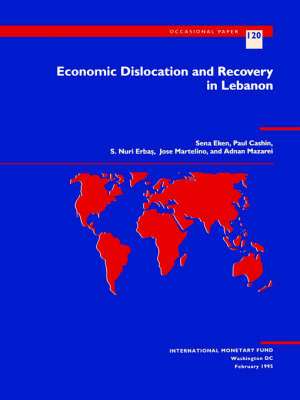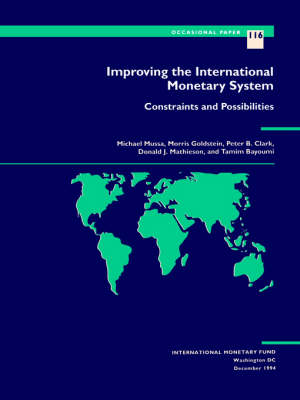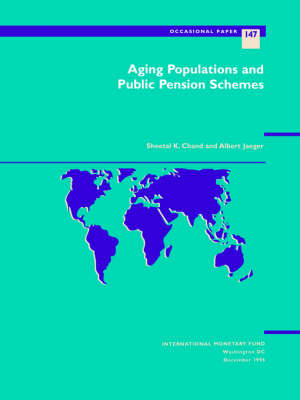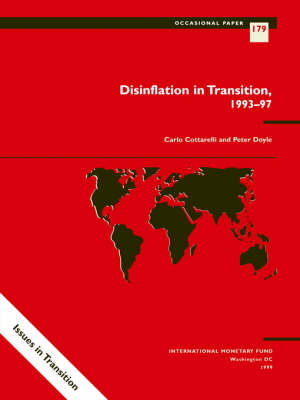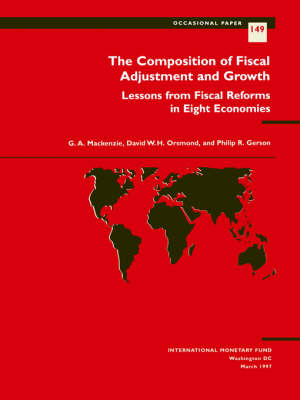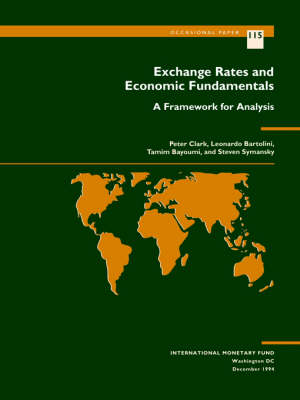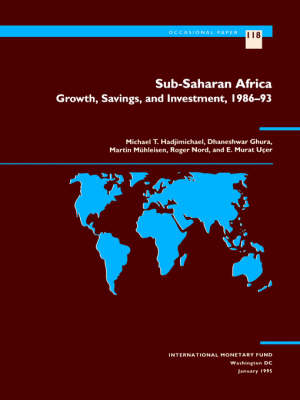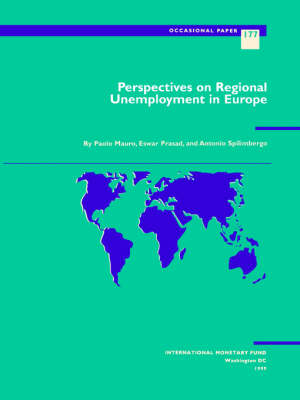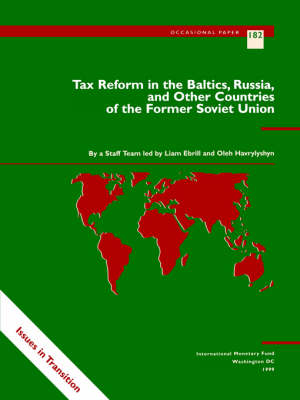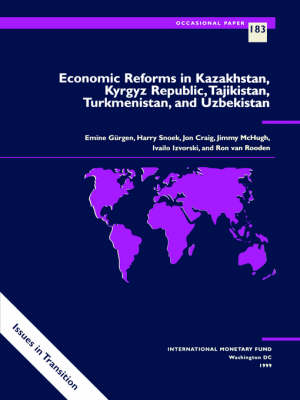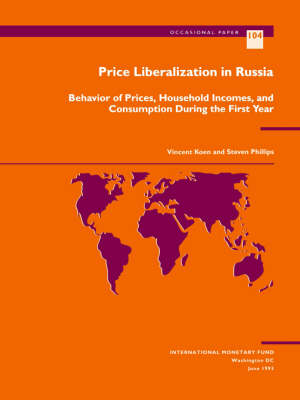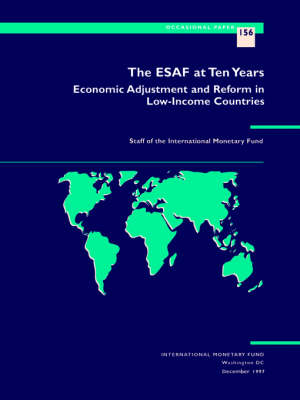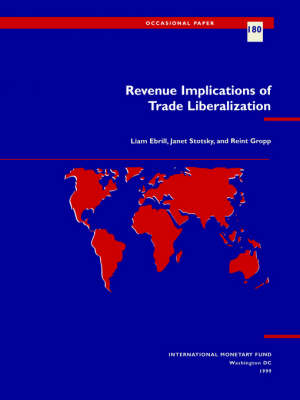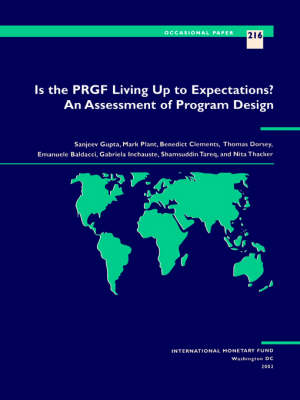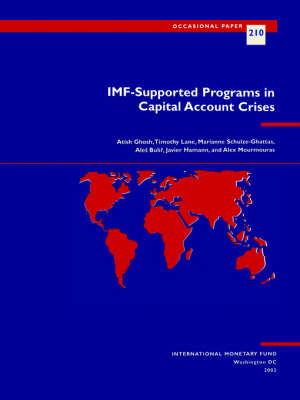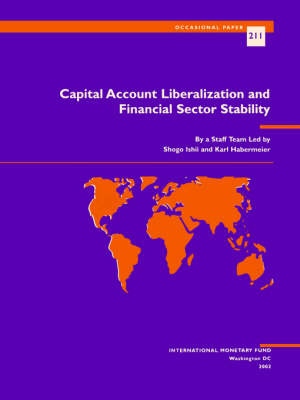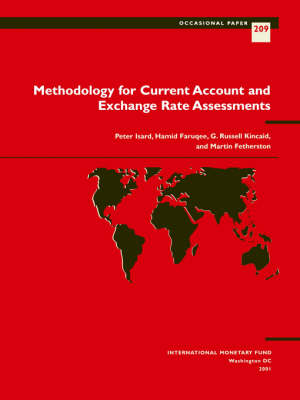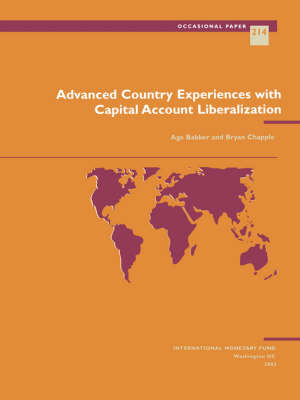Occasional Paper
8 primary works • 96 total works
Economic Dislocation and Recovery in Lebanon
by International Monetary Fund
Improving the International Monetary System
by International Monetary Fund
Aging Populations and Public Pensions Schemes
by International Monetary Fund
The Composition of Fiscal Adjustment and Growth
by International Monetary Fund
Perspectives on Regional Unemployment in Europe
by International Monetary Fund
Tax Reform in the Baltics, Russia and Other Countries of the Former Soviet Union
by International Monetary Fund
Economic Reforms in Kazakhstan, Kyrgyz Republic, Tajikistan, Turkmenistan and Uzbekistan
by International Monetary Fund and Emine Geurgen
Revenue Implications of Trade Liberalization
by International Monetary Fund
Is the PRGF Living Up to Expectations?
by Sanjeev Gupta, etc., and International Monetary Fund
IMF-supported Programs in Capital Account Crises
by Atish R. Ghosh and etc.
Capital Account Liberalization and Financial Sector Stability
by Shogo Ishii and International Monetary Fund
Methodology for Current Account and Exchange Rate Assessments
by Peter Isard and etc.

